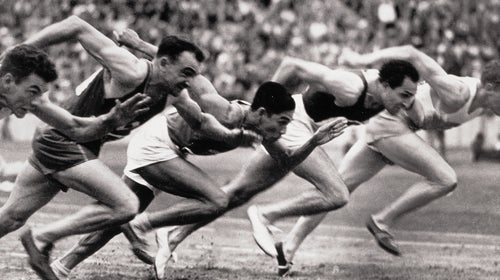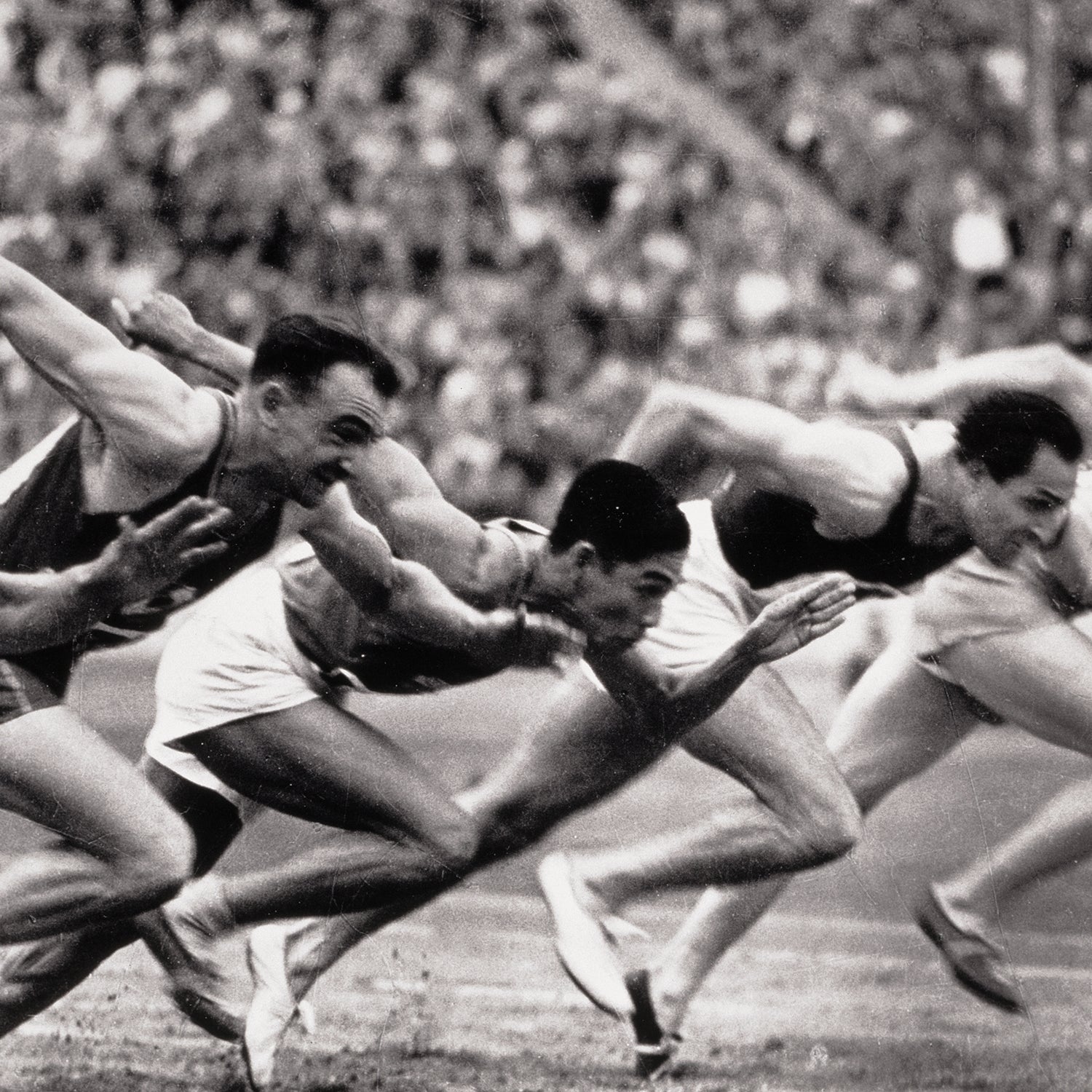I have a vivid memory from my first high-school cross country season. Late in the race at the city championships, I caught up to the top runner on my team and tucked in behind him, elated that I was doing so well. But after a few hundred meters, I glanced behind me and realized that a few other runners were gaining on us. We needed to accelerate! But my teammate wasn’t responding. I started to panic, and I remember reaching a hand out to give him a friendly but impatient shove in the small of the back.
Then I had a brainwave. I could just pass my teammate. I swung wide and started sprinting. My friend responded in kind, and we pulled away from our pursuers. But I still remember those brief moments when I was frozen in limbo, unable to conceive of the possibility of breaking out of my position in the team pecking order.
Mice feel the same way, apparently. There’s a fascinating new study in Nature, from researchers at Massachusetts General Hospital, that looks at the role of social hierarchy in competitive behavior (study , press release ). Its findings about the neurocognitive basis of group interactions have implications for “sociology, ecology, psychology, economics, and political science,” according to one of the authors. And I would add one more domain to that list: competitive sports.
The experiment involved groups of mice racing through an “arena” to compete with each other for food. The mice were divided into nests of seven, and each race featured four mice from a given nest. Over the course of thousands of repeated races, a predictable pecking order emerged. The top mice in each group reached the reward zone first about 55 percent of the time; the seventh-ranked mice won less than 10 percent of the time.
No big surprises so far: if you’re racing against the Eliud Kipchoge of mice, of course he’s going to beat you most of the time. But in this case, the mice were actually well-matched, and indeed were specifically selected to have similar strength and speed. When they completed the foraging race alone, or against mechanical mouse rivals, they all had statistically indistinguishable times. In fact, the mice were tested individually before every experimental day, and if any of them performed significantly worse than the others, the day’s experiments were canceled.
The researchers also measured social dominance in several ways. There’s something called the Tube Test, which basically involves two mice facing each other in a tube that’s only wide enough for one. The dominant mouse ends up forcing the less dominant one to back out. They also used a urine marking test, which involves two mice facing each other through a mesh fence for four hours while standing on filter paper that collects their urine. The dominant mouse marks its territory more abundantly. Sure enough, the results of these tests matched the food races: socially dominant mice won the races even though they weren’t faster or stronger.
One interesting wrinkle here is that these tests of social dominance just pit two mice against each other, whereas the food race involves more complex group interactions. Since each race involves four of seven mice in any group, the mid-ranked mice are sometimes racing against mostly higher-ranked mice and other times facing mostly lower-ranked ones—and they adjust their competitive behavior accordingly. So it’s not the case that the mice are inherently winners or losers; their behavior is situation-dependent.
The heart of the study is the neuroscience. The researchers used miniature electrode arrays to record the activity of individual neurons in the mice’s brains as they competed against each other. In particular, they located neurons in the anterior cingulate region of the brain that encoded each mouse’s social ranking. The activity of these neurons could predict in advance how a mouse would fare in an upcoming food race, with an accuracy of 71 percent. The mouse looks around, sees who it will be racing against, and unconsciously decides how hard it’s going to try before the gate has even opened to start the race.
And they take it a step further. By artificially boosting or suppressing the activity of these specific neurons, they could change the competitive behavior of the mice, making them beat more dominant mice or lose to less dominant ones. Crucially, these tweaks didn’t change their performance in solo food races, or change their overall levels of aggression, strength, or speed. It simply changed how hard they tried in competitions where they had a predetermined sense of what the outcome should be.
At this point, it’s important to step back and re-emphasize that all of the fascinating results above were performed . Humans and their social relationships are undoubtedly different in many respects—just look at the intricacies of cycling pelotons! So no one should go rushing off to find out how to alter the activity of neurons in their anterior cingulate. (I’ll save you the trouble of looking it up: they used DREADDs, which are “designer receptors exclusively activated by designer drugs.” They are not available online.)
Still, the results reminded me of a study I wrote about a few years ago that challenged some of the conventions of endurance training based on the work of French philosopher Michel Foucault. One of the ideas the authors highlighted was the problem of pecking orders. We learn our place in a hierarchy, whether within a team or within the broader context of our competitors, and without realizing it become reluctant to challenge that place—as I belatedly realized in my high-school cross-country race.
Tim Konoval, the lead author of the Foucault study, worked with a college coach to design workouts that would help runners break out of this pattern. For example, they ran mile repeats with the starts staggered semi-randomly, so that habitual leaders had to try chasing and vice versa, and so that no one could take for granted that they were running at the “right” pace simply because of where they stood relative to their teammates. I think that’s a good idea. And more generally, I think our tendency to sort ourselves into pecking orders is something to bear in mind, and to occasionally challenge. At the start line, ask yourself: “Could a neuroscientist predict how hard I’m going to try in this race?” If the answer is yes, maybe it’s time to shake things up.
For more Sweat Science, join me on and , sign up for the , and check out my book .


